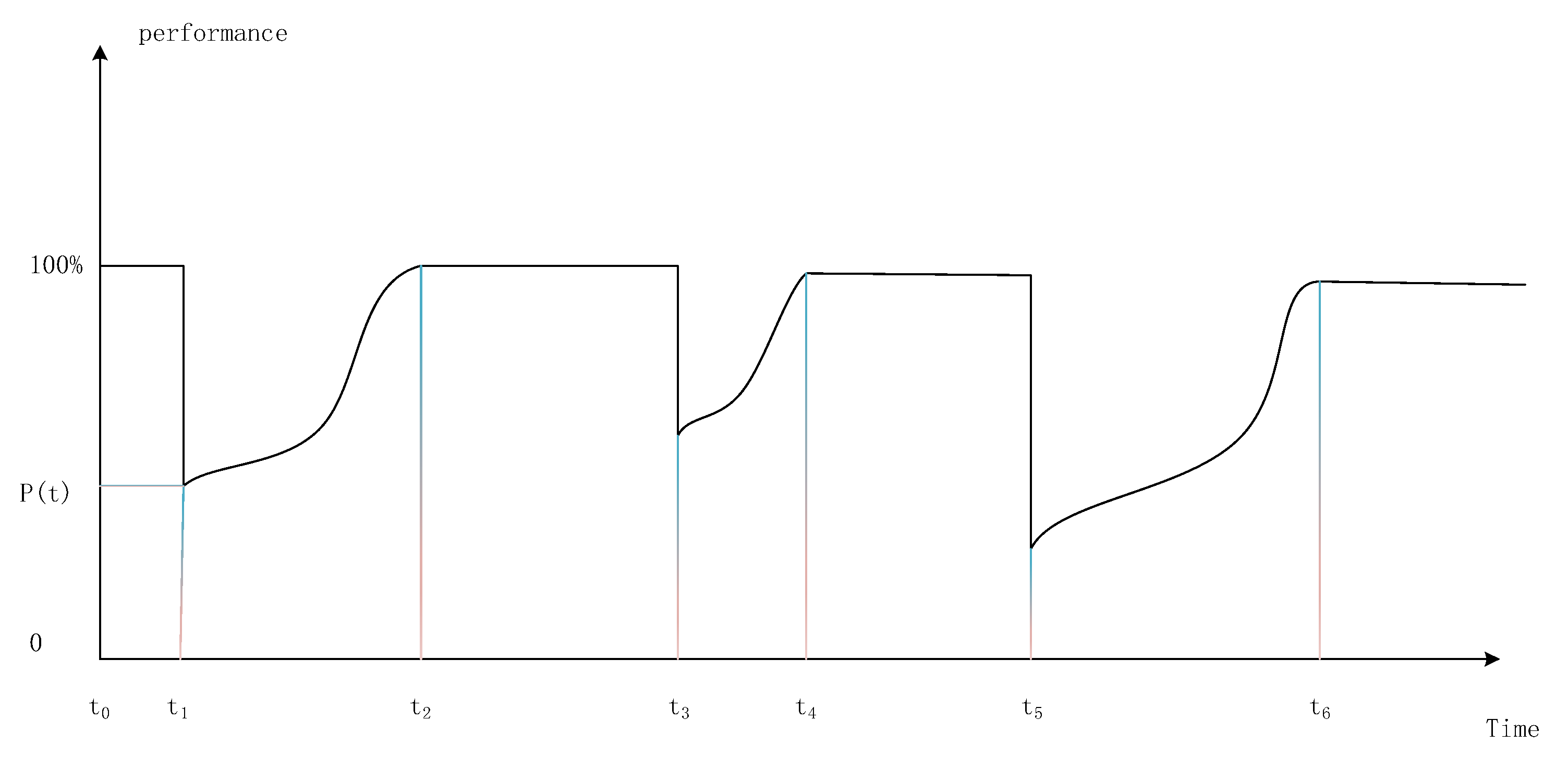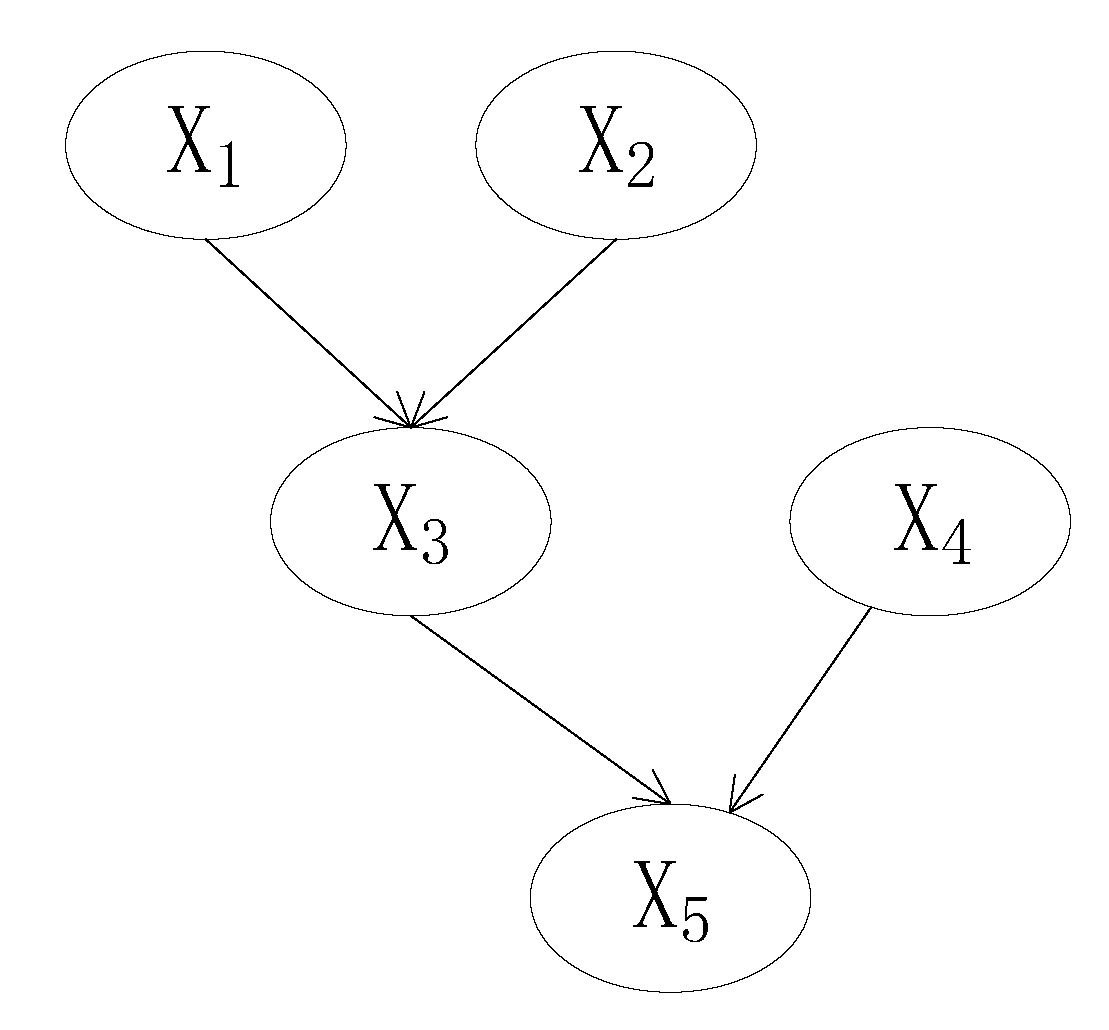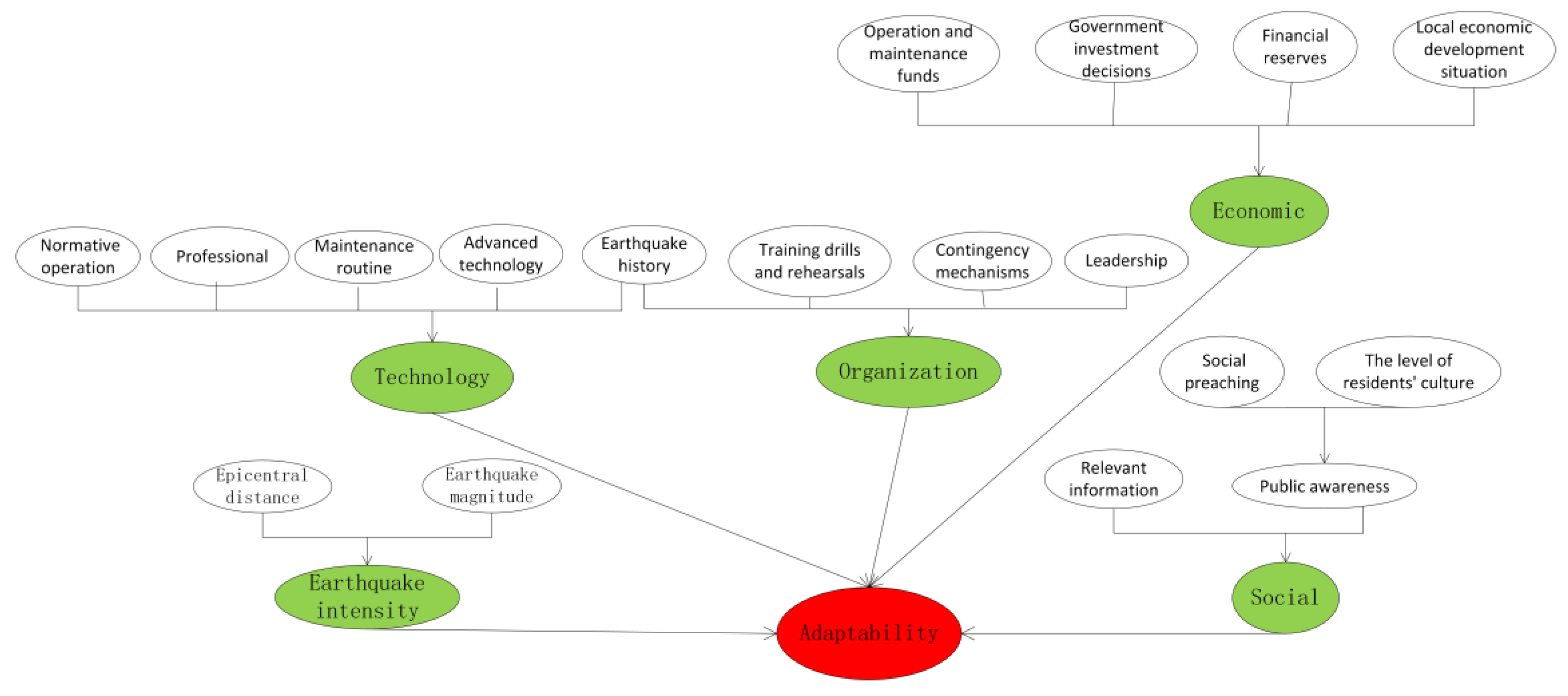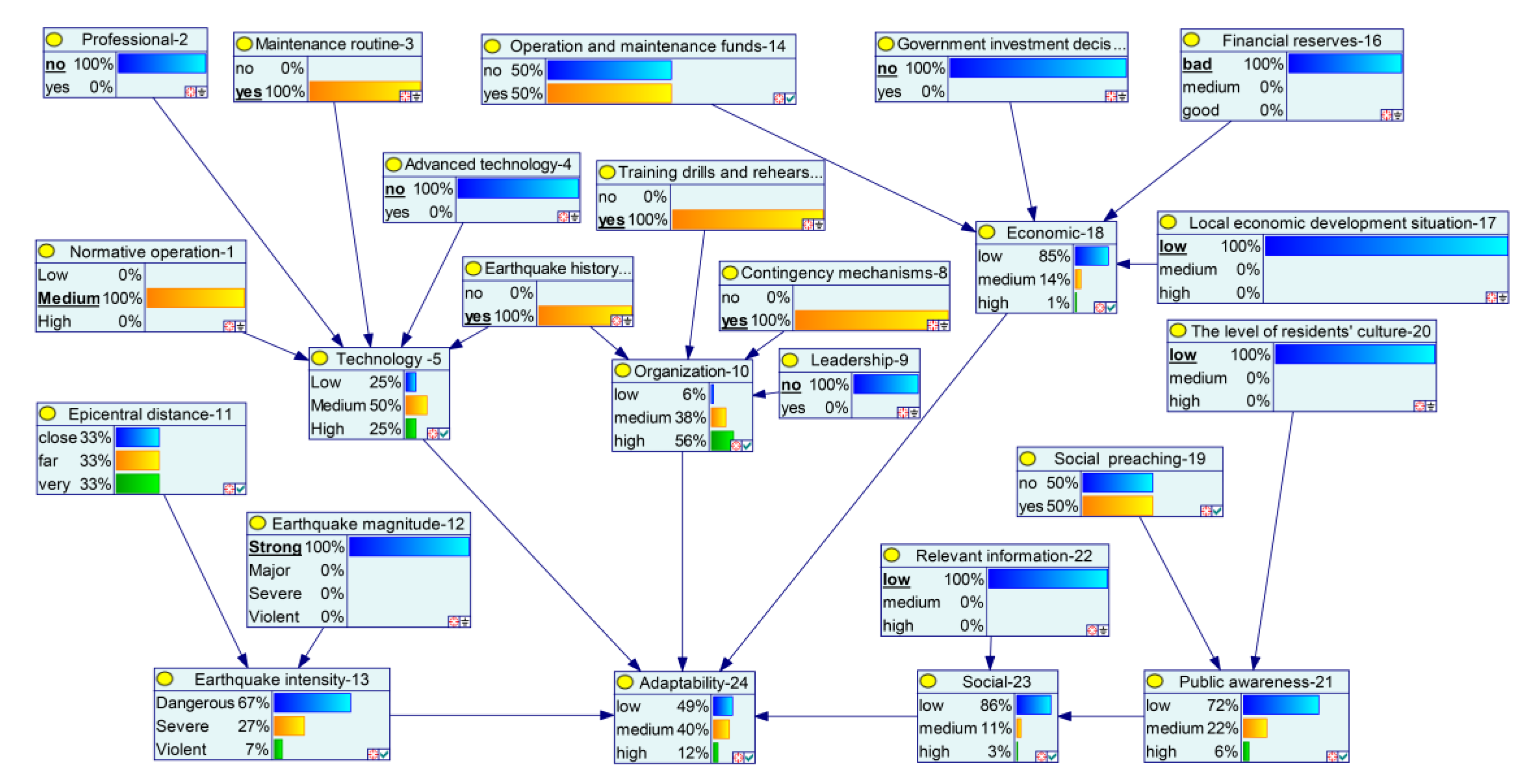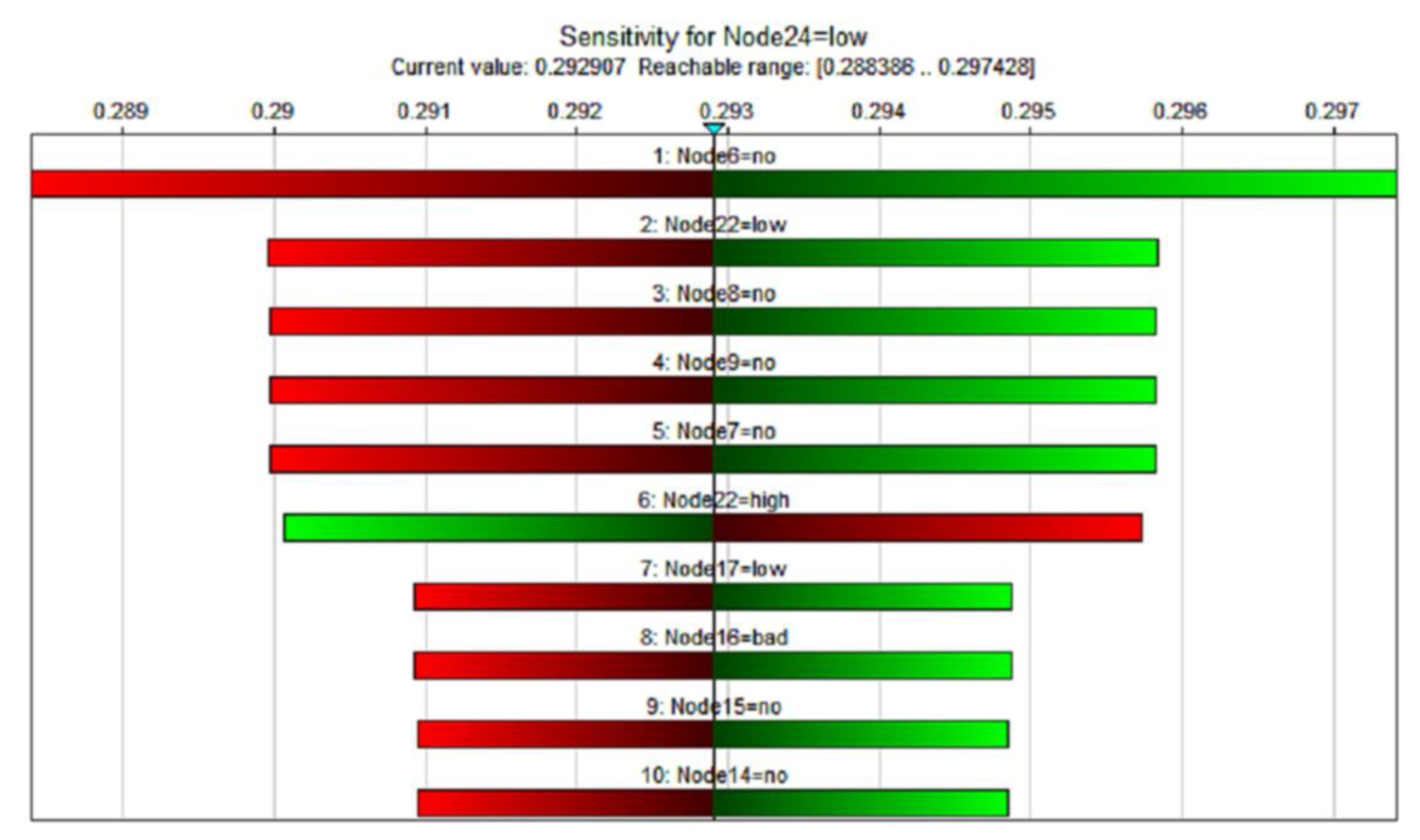1. Introduction
According to the EM-DAT database, there were 1154 large earthquakes worldwide between 1970 and 2022, resulting in over 1.3 million deaths and over 23 million displacements [
1,
2]. In many regions of the world, earthquakes are now the primary threat to infrastructure systems. The US President’s Commission on Critical Infrastructure Protection (PCCIP) first brought this concern to public attention, proposing the notion of interdependent infrastructure systems [
3]. Infrastructure system refers to a “system-of-systems” comprising water, power, communication, roads, and other systems that are closely linked to the provision of those needs on which people are reliant for survival [
4]. Globalization has highlighted the interconnectedness that exists between essential infrastructure systems, which have become increasingly commonplace and intricate [
5,
6,
7]. Infrastructure systems’ operational effectiveness is enhanced by this interconnectedness. However, this has also made infrastructure systems more susceptible to interruption. One infrastructure system through topology and proximity to laying locations causes disruption of undamaged components in other infrastructure systems and further generates a series of cascading failures [
5,
8,
9,
10,
11] and/or escalating and common cause failures in an entire network of critical infrastructure systems [
5].
Thus, in mitigating against the consequences of earthquake-related catastrophes, the construction of robust and resilient infrastructure systems is crucial. The challenge until now has been in how to analyze and measure the resilience of existing infrastructure systems in order to investigate mechanisms by which such systems may be strengthened. Recognition of this importance is seen in the significant body of research on resilience published to date.
1.1. Related Research in Resilience
Bruneau et al. first introduced the notion of seismic resilience [
11,
12]. Subsequent research on seismic resilience has been largely carried out across two dimensions, those being geospatial research emphasizing locale or research exploring specific infrastructure types. These two dimensions are, of course, interdependent; for instance, assessing the impact of key infrastructure systems on communities is a prerequisite to boosting community resilience [
13]. Moreover, the overall resilience of a town or city is contingent on the resilience of its essential infrastructure systems, without which daily life can expect to be severely disrupted following any devastating event [
14].
The resilience of a single infrastructure system type, including water, power, roads, or communications, is the primary focus of academic research. The most prolific literature relates to water systems [
15,
16,
17,
18,
19] and power systems [
20,
21]. Farahmandfar et al. evaluated the quake resilience of the water system in Charleston, South Carolina, USA [
19]. Chang and Shinozuka quantified the seismic capacity of the Shelby drinking water systems in Tennessee, USA [
22]. Ouyang and Duenas-Osorio studied the power supply system in Harris County, Texas, USA, using the case to simulate and evaluate the time-dependent aspects of resilience and efficacy of a resilience heuristic technique [
23].
Other scholars have investigated the resilience of multi-infrastructure systems and their interdependencies. In regards to interaction between infrastructure systems, the most prevalent theory holds that the interdependence of infrastructure systems networks is comprised of four relationships: functional (physical), informational (cyber), geographical, and logical [
5]. Given the interdependence of infrastructure systems, evaluation of the resilience of critical infrastructure systems cannot be carried out without also evaluating that interdependence [
14]. When examining the seismic resilience of infrastructure systems, functional dependency and geographical dependency are the two most critical linkages. The degree of interaction between these two types of dependencies determines the severity of consequences when the system is subjected to external pressure [
4]. As the operation of the majority of infrastructure systems is dependent on a stable energy supply, energy systems are characteristically at the center of multi-infrastructure systems research. There are, in fact, numerous publications on the interactions between power and water [
15,
19], power and communication [
21,
24], energy, water, transport, information communication technology (ICT) and waste sectors [
25].
There is no general index for evaluating the resilience of multiple systems under threat of an earthquake [
26]. Existing quantitative techniques for resilience assessment mostly concern a single system. This practice narrows the standard indicators, restricts flexibility and adaptability to new contexts, and disregards the nature of the interdependence between systems [
27].
To solve the above problems, this study first defines the resilience of “system-of-systems”, then evaluates and quantifies it, and finally gives specific improvement strategies or measures. The resilience is defined as: the comprehensive performance of the resistibility, recoverability and adaptability of “system-of-systems” in response to earthquake disasters and the ability to maintain service performance in the face of a catastrophic earthquake. It can be measured as a percentage of system performance degradation and shown as Equation (1).
Recoverability: the capacity to restore service performance of the system to the level delivered prior to an earthquake calamity. The recoverability is measured as the time of recovery and illustrated as Equation (2).
Adaptability: the capacity to learn, adjust and deal with future seismic calamities more effectively. Adaptability embodies technical, economic, organizational, and social capability to adjust to earthquakes; therefore, it cannot be represented by a single indicator as in the previous two capabilities.
The definitions and models in this paper simplify the recovery process and possible recovery states after recovery in line with the models of Miles and Chang [
28] and Cimellaro et al. [
29].
As depicted in
Figure 1, earthquakes occur at times
,
, and
. In our research, earthquakes are viewed as instantaneous event. The performance of the resistibility, recoverability, and adaptability of infrastructure systems between two earthquakes may be illustrated using the time period
as an example.
indicates the time when the infrastructure system is affected by the earthquake;
indicates the time when the infrastructure system recovers to its original performance; and
indicates the time when the next earthquake occurs.
Equation (1) measures the resistibility of the infrastructure system:
represents the performance of the infrastructure system corresponding to the t time. A smaller indicates that the infrastructure system loses less service performance after a seismic event, hence indicating that the infrastructure system has stronger resistibility.
Equation (2) measures the recoverability of infrastructure systems:
A small suggests that the infrastructure system recovers to pre-earthquake service performance in a short amount of time, indicating that the infrastructure system has a strong capacity for recovery.
The time interval denotes the period of time between the infrastructure system’s service performance returning to its pre-earthquake level and the next earthquake occurring. During this time interval, the assessed area should learn and adjust in response to previous earthquakes in terms of technology, economy, organization, and society, and establish sufficient coping and preparation capabilities to resist subsequent earthquakes and restore infrastructure system performance faster. These capabilities can be used to measure the adaptability of infrastructure systems. The adaptability of infrastructure systems is measured by the response and preparedness capabilities internalized and adjusted during earthquakes. The coping and preparedness learned from the earthquake at the time of is part of the adaptability of resilience in the [,] time interval.
The quantification of adaptability is the research focus of this paper, elaborated on in the third and fourth sections of this paper.
1.2. Existing Literature Related to Bayesian Networks in Seismic Resilience
The Bayesian network (BN), developed in the field of artificial intelligence, is used to handle ambiguous issues. A Bayesian network combines the benefits of graph theory and probability statistics, as well as the benefits of intuitive and adaptive probabilistic reasoning. In order to account for uncertainty and incompleteness, Bayesian networks can factorize the joint distribution of variables based on conditional dependencies [
30]. A Bayesian network is an analytical tool that illustrates all the causal relationships between qualitative and quantitative considerations in order to assist decision makers in comprehending how variables are interconnected, and in understanding how the modification one variable may affect others [
31].
There are few extant studies that employ Bayesian networks in resilience assessments. Johansen and Tien sought to comprehend the effect of interdependencies on overall system vulnerability and suggested a probabilistic method based on Bayesian networks to describe the interdependencies of critical infrastructure systems [
32].
De Iuliis, Kammouh et al. defined downtime as the time required to restore the functionality of an infrastructure system. They used available human resources, epicentral distance, and infrastructure maintenance as variables and built a Bayesian network model to quantitatively analyze the recovery time of power systems and communication systems under varying earthquake intensities. But the model does not consider the dependence between the power system and the communication system [
21].
Kammouh, Gardoni et al. considered vulnerability reduction, robustness and restoration as the three pillars of resilience. They matched indicator characteristics for their pillars of resilience and constructed a static Bayesian network composed of an index layer, a resilience pillar layer, and a resilience index. The model is simple and captures the three essential manifestations of resilience, but the confidence level of the model has yet to be determined [
24].
Hossain et al. presented a method for quantifying resilience using Bayesian networks. Resilience was defined in their study by three parameters: absorptive, adaptive and restorative capacity. The research focused on absorbency, adaptability, and Bayesian network inference. However, only four indicators are used to express the adaptability, which does not fully reflect the adaptability of the studied system, leaving accuracy in need of improvement [
31].
This paper quantifies resilience into resistibility, recoverability, and adaptability. Compared with the resilience quantification methods proposed in the above literature, our division method is more conducive to intuitive understanding with the coordinate axes of infrastructure system performance and time, as shown in
Figure 1.
In regions with a high seismic risk, enhancing the resilience and adaptability of infrastructure systems is crucial. The period between the recovery of an infrastructure system from a previous earthquake to that of a subsequent earthquake should be properly utilized. Infrastructure managers should make the most of this time to enhance the adaptability of infrastructure systems, learn from seismic disasters, and improve and alter current resources, organizational structure, and division of work in order to be better prepared for the next earthquake. Nevertheless, few studies exist on this matter.
It has become typical for research to examine the seismic resilience of infrastructure systems in earthquake catastrophes in order to employ more resilient infrastructure systems to deal with the increasing frequency of earthquake disasters. Quantitative research on the resilience of infrastructure systems in the existing literature emphasizes two priorities. One emphasis investigates resilient infrastructure systems with a view to reducing the damage rate in order to maintain a certain minimum service level when earthquakes occur. The other is to study the recovery ability rate or ways in which infrastructure systems could quickly recover from a disaster. Undoubtedly, research on these two aspects has played a significant role in improving the resilience of infrastructure systems. However, few studies are concerned with how to increase the adaptability of infrastructure systems, how to learn from seismic disasters, or how to enhance and alter resource allocation, organizational structure, and labor distribution to be better prepared for the next earthquake. In earthquake-prone regions, it is crucial to increase the resilience of infrastructure systems. Two significant weaknesses in existing research need to be addressed, and addressed urgently:
Lack of research on infrastructure adaptability as a critical feature of resilience.
Lack of understanding on how to quantify adaptability and account for interdependencies between different infrastructure systems and factors, as may be provided by a Bayesian network BN analysis.
In order to solve the above two problems, the aim of this study is to construct a Bayesian network-based infrastructure system adaptability model to solve the complex relationship between different types of influencing factors and interdependent infrastructure systems.
This paper makes the following contributions:
Classifying the underlying factors of interdependent networks with respect to the concept of adaptability.
Developing a new conceptual BN framework for interdependent networks.
Using different types of inferences to provide a better insight regarding the result of the BN model.
5. Case Study and Inference
Gongxian County is located to the south of Yibin City, Sichuan Province, China, between 104°38′–105°02′ E, 27°53′–28°31′ N, with an area of 1149.5 . Gongxian County is an earthquake-prone area. According to statistics, from 16 April 2012 to 20 September 2022, there were 124 earthquakes in Gongxian County, including 12 earthquakes above magnitude 4, of which 4 earthquakes were above magnitude 5. The latest earthquake above magnitude 5 occurred on 4 July 2019, with a magnitude of 5.6. It is important to understand the seismic resilience of this region. Good adaptability can help such earthquake-prone regions reduce the level of service loss rate of infrastructure systems as a result of earthquakes while quickly restoring production activities. The adaptability assessment of Gongxian County in a post-earthquake period is hereby taken as a case study to verify the applicability of the Bayesian network constructed in this paper.
The relevant parameters and data of the adaptability assessment model come from field surveys, expert interviews, and historical data review. This study provides suggestions for improving the adaptability of infrastructure systems by assessing the adaptability of resilience and by identifying sensitive factors for improving that capacity.
GeNIe software [
57] is used to input and visualize the Bayesian network structure and the 1146 conditional probability values, etc. The calculation results are shown in
Figure 4.
The final output of adaptability presents a range of uncertainty (12% high, 40% medium and 49% low. Note also that sum is 101 instead of 100, as the values have been rounded to the nearest whole number). The calculation results show that Gongxian County has the highest probability of low adaptability at 49%. The Bayesian network can apply forward propagation analysis, as discussed above, and make probabilistic inferences about possible results under given survey results and scenarios. It can also apply backward propagation under a certain fixed result to identify the pathway to that result. The backward propagation approach is more helpful in improving the adaptability of the infrastructure system.
Of the three states of adaptive capacity, we are most concerned about the sensitivity of infrastructure systems in the low state, so we only perform backward propagation analysis for the low state. The color of the bar, as shown in the analysis in
Figure 5, indicates the change in direction of the target state; red indicates negative change, and green indicates positive change. The top ten factors and states, critical influencing factors and their impact on adaptability, are clearly displayed. By analyzing the critical influencing factors of the adaptability target node in the target state, in the low state, the top three critical influencing factors are earthquake history (no), relevant information (low), and contingency mechanisms (no).
In order to further explore the quantitative impact of critical influencing factors on adaptability, we designed five different scenarios based on the current level and compared the changes in adaptability under the five scenarios, as shown in
Table 8. In the first four scenarios, only one critical influencing factor is adjusted at a time, and in the fifth scenario, three critical influencing factors are changed simultaneously in order to reduce adaptability.
Scenario 1 adjusts the status of earthquake history from yes to no, and the status of low for adaptability increases from 49% to 63%. That is, the possibility of adaptability being low increases by 14%. Scenario 2 adjusts the status of relevant information from low to medium, and the status of low for adaptability is reduced from 49% to 42%. That is, the possibility of adaptability being low is reduced by 7%. Scenario 3 adjusts the state of relevant information from low to high, and the state of low for adaptability is reduced from 49% to 35%. That is, the possibility of adaptability being low is reduced by 14%. Scenario 4 adjusts the state of contingency mechanisms from yes to no, and the state of low for adaptability increases from 49% to 59%. That is, the possibility of adaptability being low increases by 10%. Scenario 5 adjusts the three most sensitive factors to a state that is most unfavorable to adaptability, with earthquake history at no, the relevant information at low, and contingency mechanisms at no. In this state, the low state of adaptability has increased from 49% to 75%. That is, the possibility of adaptability being low has increased by 26%.
Finally, we compare Scenario 3 and Scenario 5, which are the changes in adaptability of the three most sensitive factors between the most favorable and the most unfavorable states. The low state of adaptability is 35% and 75%, with a difference of 40%. The high state of adaptability is 20% and 4%, with a difference of 16%. The acceptable state of adaptability is high and medium. The sum of the probabilities is 65% and 25%, respectively, with a difference of 40%.
The above analysis numerically gives the degree of influence of earthquake history, relevant information and contingency mechanisms on adaptability in different states. However, applying the model to find out the key influencing factors is only the preliminary work of improving the adaptability. Our goal is to refine the improvement measures through the key influencing factors found so as to effectively improve the adaptability of the infrastructure system.
Among the three key influencing factors found, earthquake history depends on the objective fact of whether there have been earthquakes in the area. It is not a specific object of adaptability improvement measures, but it essentially represents whether the infrastructure system has experience in responding to earthquake disasters and, to a certain extent, determines the ability to respond to earthquake disasters.
Relevant information is the second most important factor affecting the adaptability of infrastructure systems. We give the following ideas to improve the degree of information sharing among stakeholders. When the infrastructure system is newly built or expanded, it is necessary to fully investigate the needs of stakeholders, coordinate the opinions of the personnel of each subsystem, integrate the existing antiseismic experience, effectively use the advantages of the terrain, coordinate the planning issues between individual infrastructure systems, and improve the infrastructure system. For the existing infrastructure system, it is recommended to set up an infrastructure system management committee or a special department of the local government. The committee or functional department organizes the necessary information sharing on important nodes and forms documents to increase the information exchange between individual infrastructure systems. At the same time, it also provides support for the management of possible earthquake disasters.
Contingency mechanisms are the third factor affecting the adaptability of infrastructure systems. Different countries and regions have different contingency mechanisms for different earthquake levels. It is recommended that when formulating contingency mechanisms, not only should corresponding coordinating departments be set up for different levels of earthquakes, but also for specific individuals in the emergency plan of the last administrative region. It is necessary to have a clear feedback path and emergency plan to effectively implement the emergency mechanism.
Regarding the specific improvement measures for relevant information and contingency mechanisms, due to the large differences in the ownership and management methods of infrastructure in different countries, this article only gives ideas, and the specific implementation should be appropriate in combination with different countries and earthquake levels.
6. Conclusions
Infrastructure system resilience is quantified by the comprehensive performance of the three factors of resistibility, recoverability, and adaptability. Responding to the weak status of extant resilience research on adaptability in infrastructure systems, this study explores adaptability of resilience in response to seismic disasters. The main factors affecting infrastructure systems are identified and parsed into five groups. A Bayesian network structure is constructed by applying expert knowledge, after which Bayesian network parameters are created by applying a method of global relative value and membership function. Finally, the feasibility of the constructed Bayesian network is verified by examining the specific performance of infrastructure in an earthquake-prone area in China. Sensitivity analysis is carried out to extract features for improving the adaptability of the infrastructure system in the post-earthquake recovery period in order to improve infrastructure resilience under conditions of subsequent earthquake disasters.
On the basis of the collation of existing literature, this paper clusters and refines the influence mechanism of each influencing factor on adaptability and further sorts the influence degree of factors on adaptability through the Bayesian network. The research has deepened the application of Bayesian networks in resilience research, identified key factors affecting adaptability, given specific ideas and suggestions for improving adaptability for the top three influencing factors, and contributed to improving the resilience of infrastructure systems.
Future research is anticipated to explore the relationship between earthquake resistibility, recoverability, and adaptability of infrastructure systems. Since there is a complex relationship between the three capacities, the simple method of adding the three together insufficiently describes the capability for resilience. This next step will pursue two aspects: one is to build a resilient Bayesian network based on the three major capabilities, fully discuss the relationship between the three major capabilities, and further improve the earthquake resilience of infrastructure systems; the other is to refine the interdependence between infrastructure systems, emphasizing the impact of functional and geographical dependencies between infrastructure systems on earthquake resilience.
Finally, the Bayesian network can be used to find out the key influencing factors and provide resilience improvement measures according to the characteristics of specific countries and infrastructure systems. Combined with heat maps or Bayesian neural networks [
58], the changes in resilience before and after the implementation of corresponding measures can be visualized to intuitively reflect the effectiveness of the measures.
